We may earn money or products from the companies mentioned in this post. This means if you click on the link and purchase the item, I will receive a small commission at no extra cost to you ... you're just helping re-supply our family's travel fund.

Some places across the United States are fascinating to read about and terrible to actually visit. They carry the weight of toxic spills, industrial mistakes, or brutal weather that does not care about travel plans. Locals navigate medical warnings, evacuation routes, and cleanup schedules while visitors might just see eerie scenery. These spots can teach a lot about consequence and resilience, but they are far better studied from a distance than treated as edgy vacation trophies. Learning their stories is worthwhile; chasing selfies there is not.
Centralia, Pennsylvania’s Burning Streets
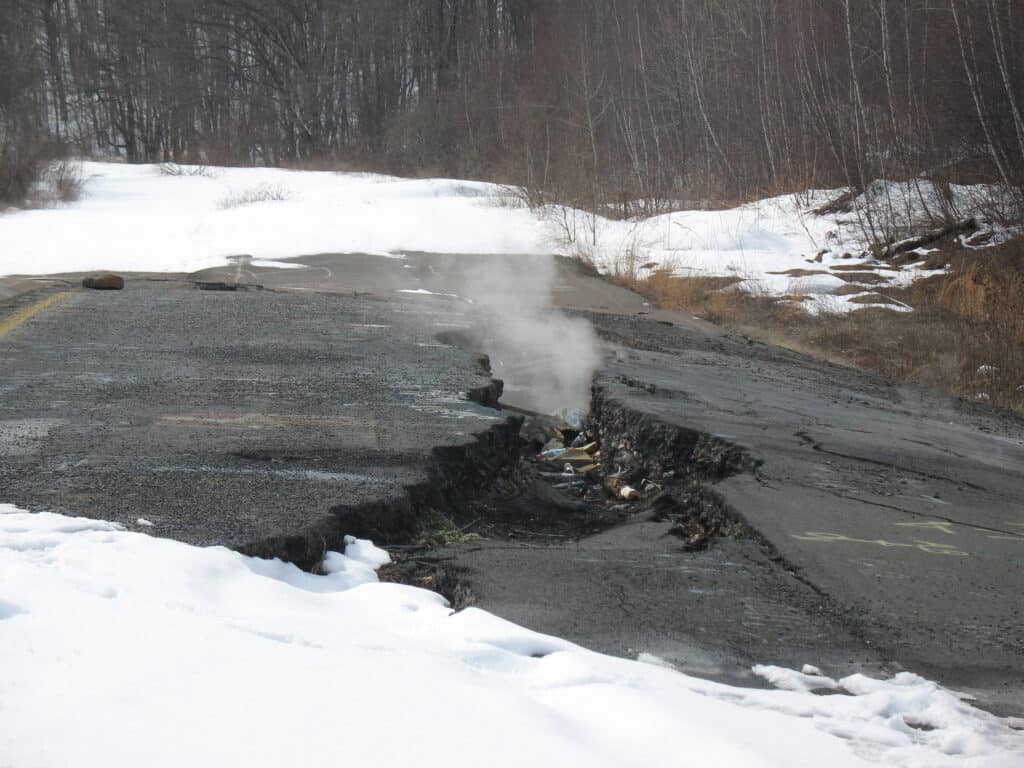
Centralia looks like a quiet Pennsylvania town at first glance, with trees, guardrails, and a handful of remaining homes. Then the details show up: warped pavement, dead-end streets to nowhere, and warning signs about an underground fire that has burned for decades. Pockets of heat and gas can still shift without much notice. It feels less like a quirky roadside stop and more like walking on the closing chapter of an ongoing industrial mistake.
Picher, Oklahoma And The Tar Creek Wasteland
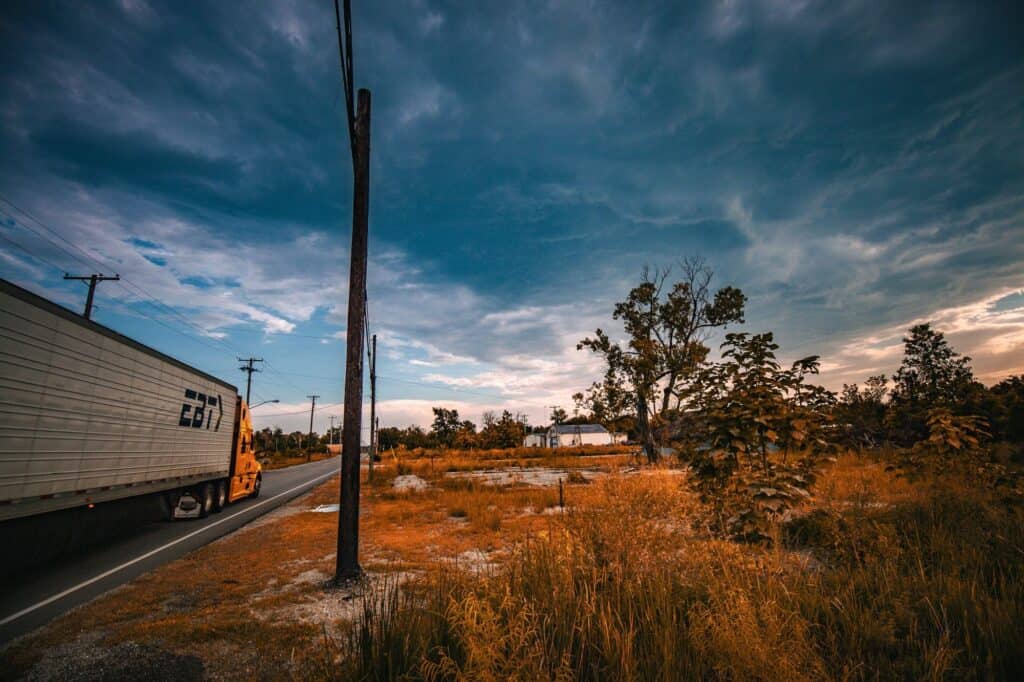
Picher was once proud of its mining heritage; now the piles of pale mine waste loom higher than most of the remaining buildings. Lead and other heavy metals contaminated yards, water, and playgrounds so badly that buyouts became the only realistic option for many families. Wind whips dust off those piles and across the empty grid of streets. Curiosity does not justify standing in the middle of a long-term health warning label.
Love Canal, Niagara Falls, New York
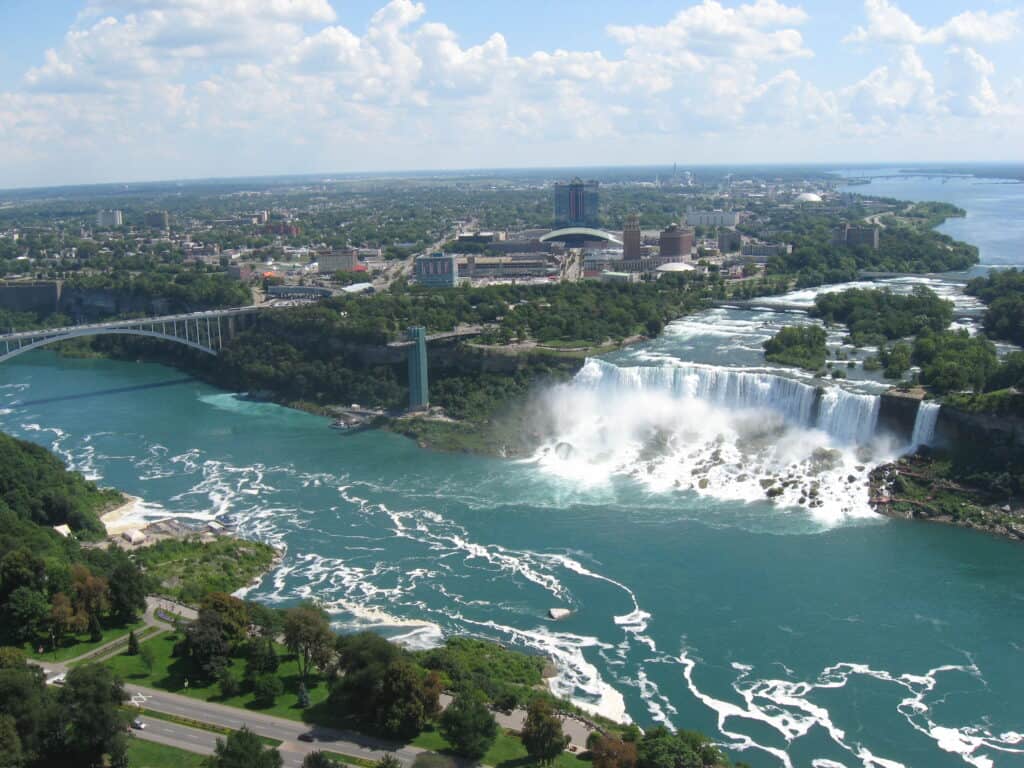
Love Canal sits inside an ordinary-looking neighborhood grid, close to one of the most photographed waterfalls on Earth. Beneath the grass and sidewalks lie buried chemical drums and layers of history, capped and monitored after families reported alarming health problems. Fences, signage, and restricted sections quietly remind visitors that corporate shortcuts turned a subdivision into a national symbol. It is an important story, not a casual stroll with a camera.
Bayou Corne Sinkhole, Louisiana
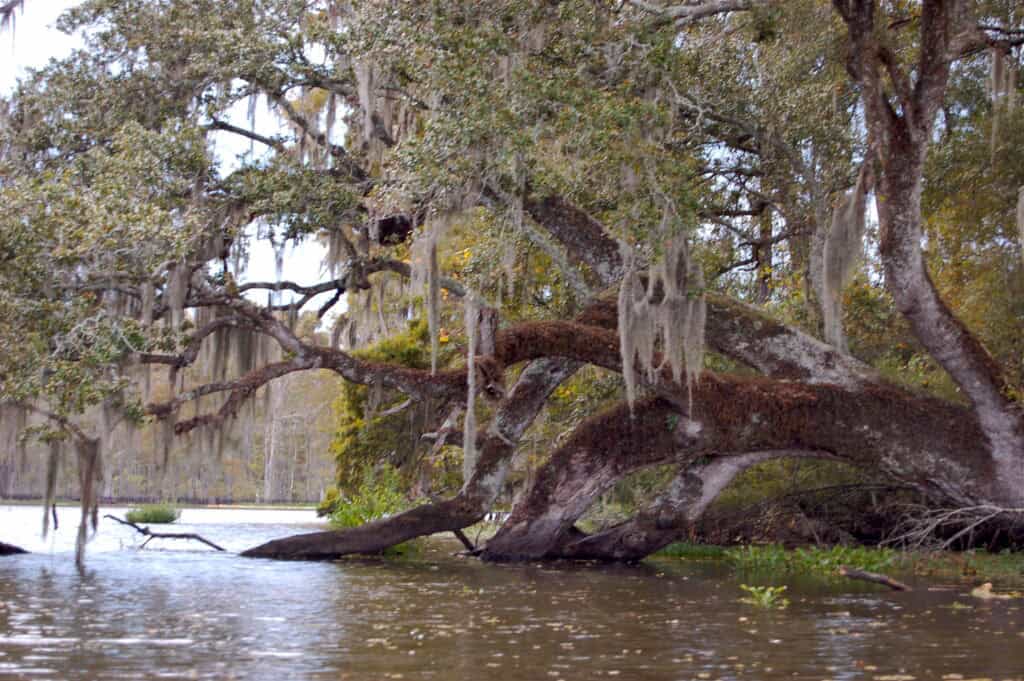
Bayou Corne looks peaceful until the story catches up. A collapsed underground salt cavern created a sinkhole that swallowed trees, disrupted pipelines, and forced people from homes they planned to keep for life. The water still belches gas and occasionally claims more shoreline. Scientists, lawyers, and agencies continue to study and argue over what happened. For anyone not directly affected, the respectful choice is to stay out of the way.
Hanford Nuclear Corridor, Washington

The region around the Hanford nuclear site mixes wide river views with one of the most complex cleanup efforts on the planet. Old reactors and waste tanks sit behind security fences, holding materials tied to the earliest days of the atomic age. Some tanks have leaked; others require constant monitoring and engineering fixes. It is a place for highly trained workers with protective gear and clear plans, not casual sightseers with road trip snacks.
Berkeley Pit, Butte, Montana

The Berkeley Pit looks almost beautiful from a distance, a steep bowl filled with still, jewel-toned water. That color comes from acidity and dissolved metals, not from some alpine spring. Birds that land there sometimes need rescuers, and engineers monitor water levels to prevent wider harm to the region. Viewing platforms acknowledge that people are curious, but no one needs to linger beside a toxic bathtub carved out of a mountain.
Salton Sea’s Fading Shore, California

The Salton Sea once drew boat shows, midcentury billboards, and rows of vacation homes. As salinity and pollution climbed, the water turned against the very communities built to enjoy it. Fish die-offs, bird tragedies, and sharp chemical smells now share space with abandoned trailers and broken piers. Dust from the exposed lakebed can carry fine particles into nearby towns. Residents need better solutions, not more outsiders treating the area as disaster scenery.
Algae Seasons On Lake Okeechobee, Florida

Lake Okeechobee sits at the heart of south Florida’s water system, ringed by levees and fishing spots. In warm months, bright green mats of algae can spread across its surface and into connected waterways, fueled by nutrient runoff. Health officials post advisories warning people and pets away from certain stretches. Downstream communities, wildlife, and seagrass beds all feel the strain. That is not anyone’s idea of a refreshing weekend by the water.
Peak Summer In Death Valley, California
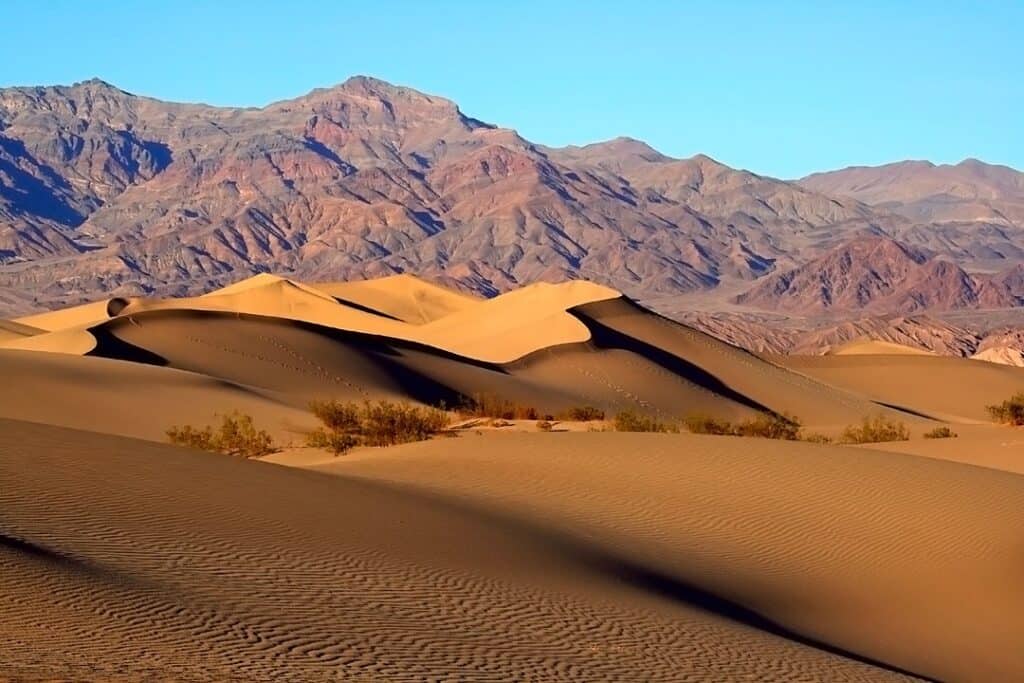
Death Valley in January or February can feel stark and contemplative; in July it can be downright hostile. Triple-digit heat is the baseline, not a rare spike on a bad day. Car breakdowns, short hikes without enough water, or quick walks on reflective pavement can turn dangerous with little warning. Rangers regularly respond to heat illness and car trouble. Bragging rights are a flimsy trade for real risk to lungs, organs, and tires.
Kilauea’s Active Lava Zones, Hawai‘i
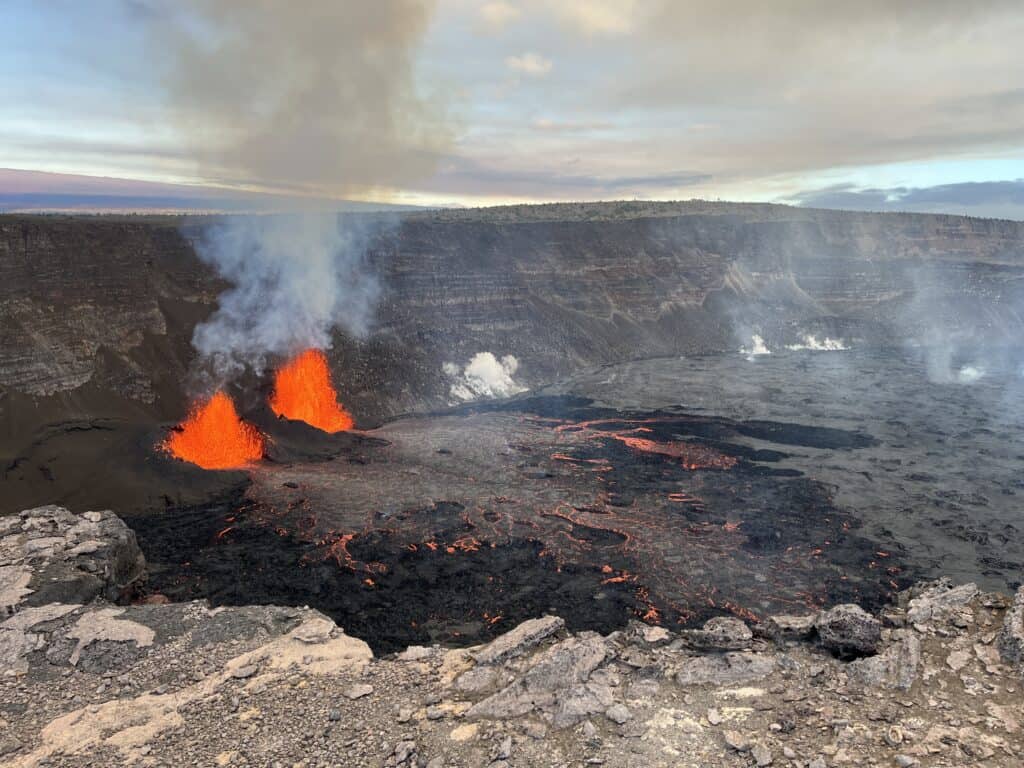
Kilauea’s slopes tell stories of fresh land, lost neighborhoods, and ongoing risk. Hardened lava fields may look safe and solid, yet they can hide tubes, cracks, and razor-sharp edges that punish careless footsteps. Volcanic gases collect in low spots and change with wind shifts, sometimes turning a scenic overlook into a place that stings eyes and lungs. Local communities live with that reality; short-term visitors do not need to chase it.
Isle De Jean Charles, Louisiana

Isle de Jean Charles is not a curiosity; it is a shrinking homeland. The narrow ribbon of land shows how rising seas, erosion, and human tinkering with wetlands can erase a community in slow motion. Houses perch above water on stilts; some sit empty, waiting on buyout offers or storms that will finish the job. Tribal members who remain have deep roots here. Drive-by disaster tourism would only add another layer of harm.
Gowanus Canal Work Zone, Brooklyn, New York
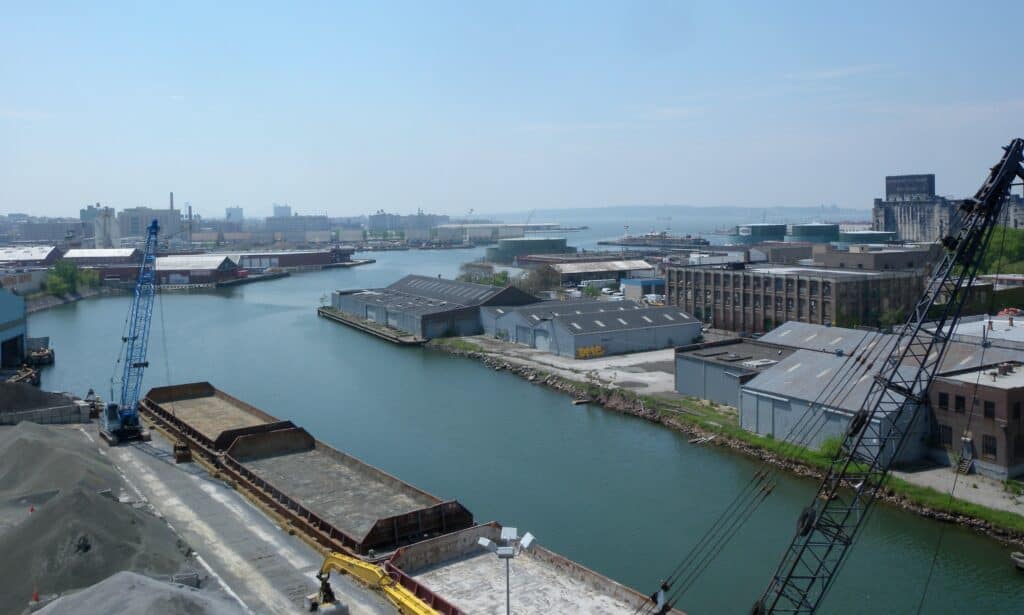
The Gowanus Canal has waterfront cafes, condos, and colorful murals, but the water itself tells a harsher story. Decades of industrial dumping left a stew of chemicals settled in the mud. Current cleanup work means dredges, trucks, and treatment basins humming along beside everyday life. Odors shift with weather and construction stages. Residents have to put up with the process because they live there; outsiders do not need to treat it as edgy entertainment.